
Investigating heat wave risk perception, vulnerability and adaptation among pregnant women
- Overview
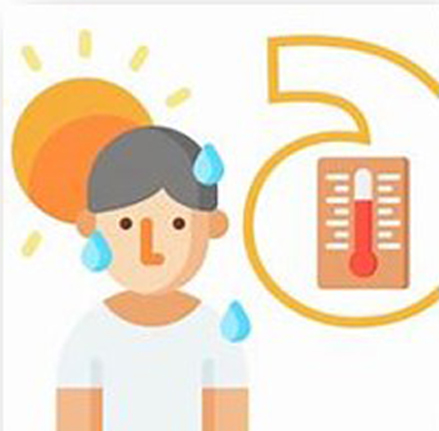 Over the past 15 years, Nepal has experienced a series of catastrophic weather events, with the Terai region emerging as the hottest part of the country. The prevalence of warm days and nights is increasing in Nepal’s districts. According to the Department of Hydrology and Meteorology, June 2023 marked the hottest month ever recorded in Nepal’s history with temperature rising up to 44 degrees Celsius in some part of the country. Several studies have shown an increase in preterm births in geographical locations where pregnant women is exposed to high ambient temperatures or heatwaves. A meta-analysis of 47 studies found that for every 1-degree Celsius increase in temperature, the odds of preterm birth increased by 1.05 times, and during heatwaves by 1.16 times. Furthermore, the risk of a stillbirth is increased by 1.05 times for every 1-degree Celsius increase in temperature. During periods of extreme heat, pregnant women may exhibit an increased frequency of visits to the emergency room and a higher incidence of cardiovascular events such as myocardial infarction and stroke.
Over the past 15 years, Nepal has experienced a series of catastrophic weather events, with the Terai region emerging as the hottest part of the country. The prevalence of warm days and nights is increasing in Nepal’s districts. According to the Department of Hydrology and Meteorology, June 2023 marked the hottest month ever recorded in Nepal’s history with temperature rising up to 44 degrees Celsius in some part of the country. Several studies have shown an increase in preterm births in geographical locations where pregnant women is exposed to high ambient temperatures or heatwaves. A meta-analysis of 47 studies found that for every 1-degree Celsius increase in temperature, the odds of preterm birth increased by 1.05 times, and during heatwaves by 1.16 times. Furthermore, the risk of a stillbirth is increased by 1.05 times for every 1-degree Celsius increase in temperature. During periods of extreme heat, pregnant women may exhibit an increased frequency of visits to the emergency room and a higher incidence of cardiovascular events such as myocardial infarction and stroke.
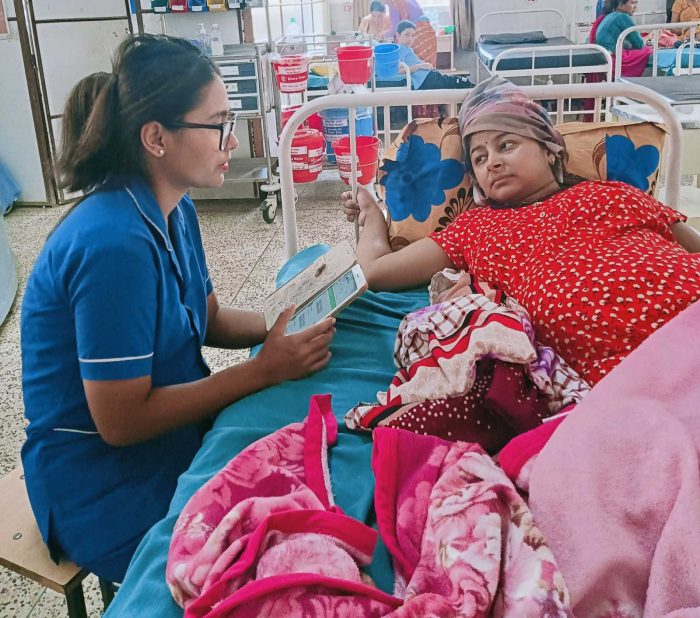 Pregnant women are notably excluded from the definition of “heat-susceptible individuals” as defined in the existing research. There is evidence that extreme maternal stress associated with extreme weather events has adverse effects on the child health outcome. The main aim of this study is to test the hypothesis that women with continuous exposure to high ambient temperatures may experience depressive symptoms during perinatal period and subsequent child developmental delays and disabilities at Bharatpur Hospital, Chitwan involving 745 pregnant mothers in their third trimester using Generalized Anxiety Disorder (GAD) and Edinburgh Postnatal Depression Scale (EPDS) tools. The babies of these cohort mothers were screened for developmental delays and disabilities using SNAP (Special Need Assessment Profile) and IYCD (Infant and Young Child Development) at 6, 12 months, 18 months, and 24 months of age.
Pregnant women are notably excluded from the definition of “heat-susceptible individuals” as defined in the existing research. There is evidence that extreme maternal stress associated with extreme weather events has adverse effects on the child health outcome. The main aim of this study is to test the hypothesis that women with continuous exposure to high ambient temperatures may experience depressive symptoms during perinatal period and subsequent child developmental delays and disabilities at Bharatpur Hospital, Chitwan involving 745 pregnant mothers in their third trimester using Generalized Anxiety Disorder (GAD) and Edinburgh Postnatal Depression Scale (EPDS) tools. The babies of these cohort mothers were screened for developmental delays and disabilities using SNAP (Special Need Assessment Profile) and IYCD (Infant and Young Child Development) at 6, 12 months, 18 months, and 24 months of age.
Related Project
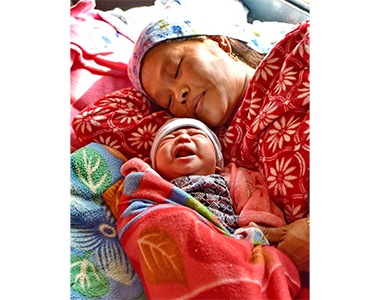
Implementing Respectful Maternity Care (RMC) Intervention to Improve Perinatal Mental Health
Several studies in low- and middle-income settings have shown that mistreatment and disrespectful care during childbirth is a major...
Learn More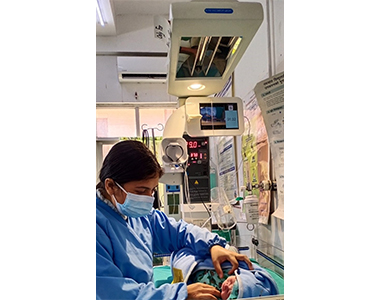
Improving Adherence to Neonatal Resuscitation Using Machine Learning at Quality Improvement Approach (Pre-MALA)
High quality neonatal resuscitation is a key to save newborn lives, prevent brain injury and optimize child development, yet...
Learn More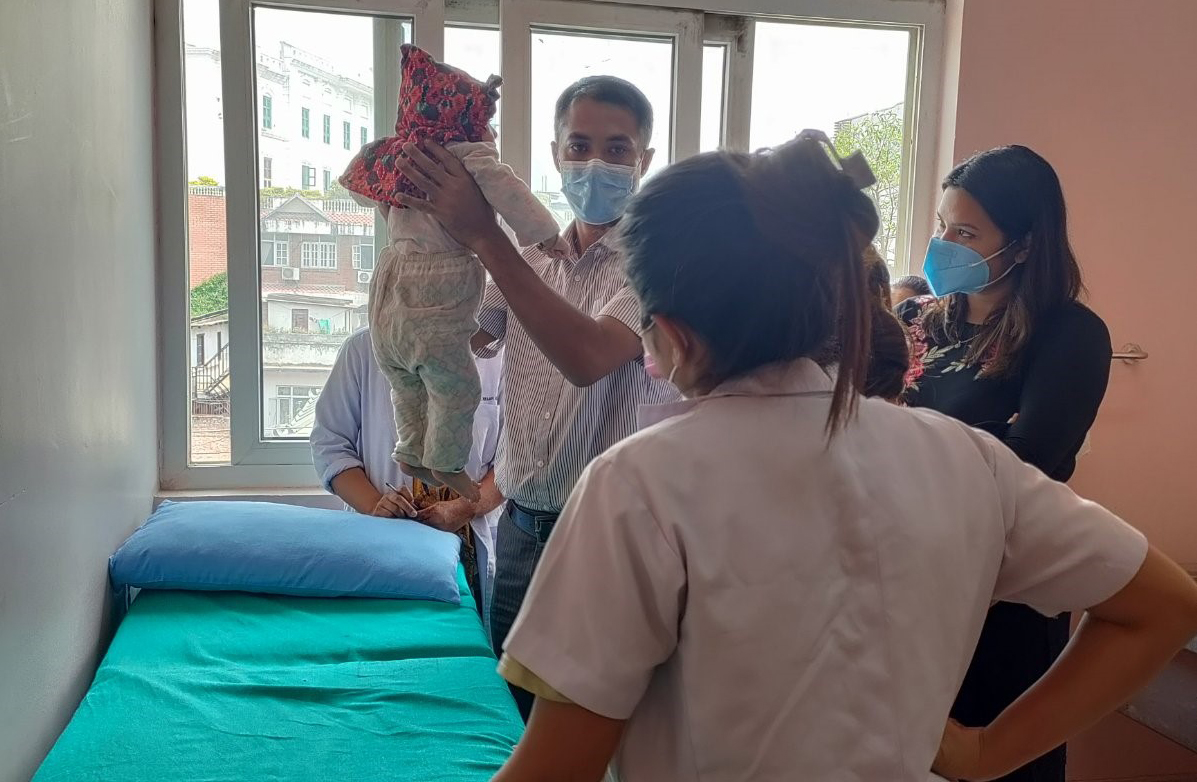
Feasibility of Remote General Movements Assessment (GMA) for Early Recognition and Rehabilitation of Cerebral Palsy in Nepal
Cerebral Palsy (CP) is a syndrome of non-progressive movement and posture disorder caused by damage to the developing brain...
Learn More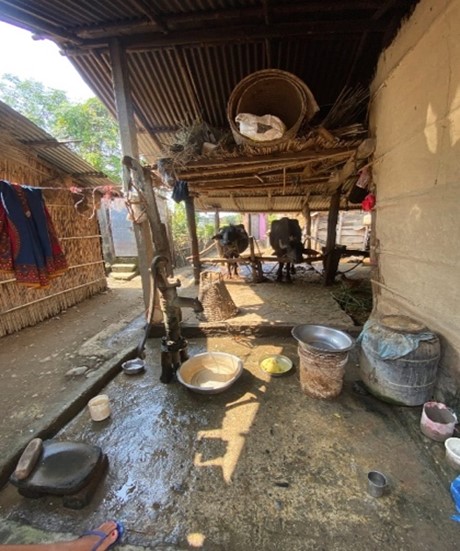
Navigating Food Insecurity During the Pandemic: The Role of Social Networks Among Pregnant Women in Nepal
Food insecurity is defined as a state in which an individual “lacks regular access to sufficient, safe and nutritious...
Learn More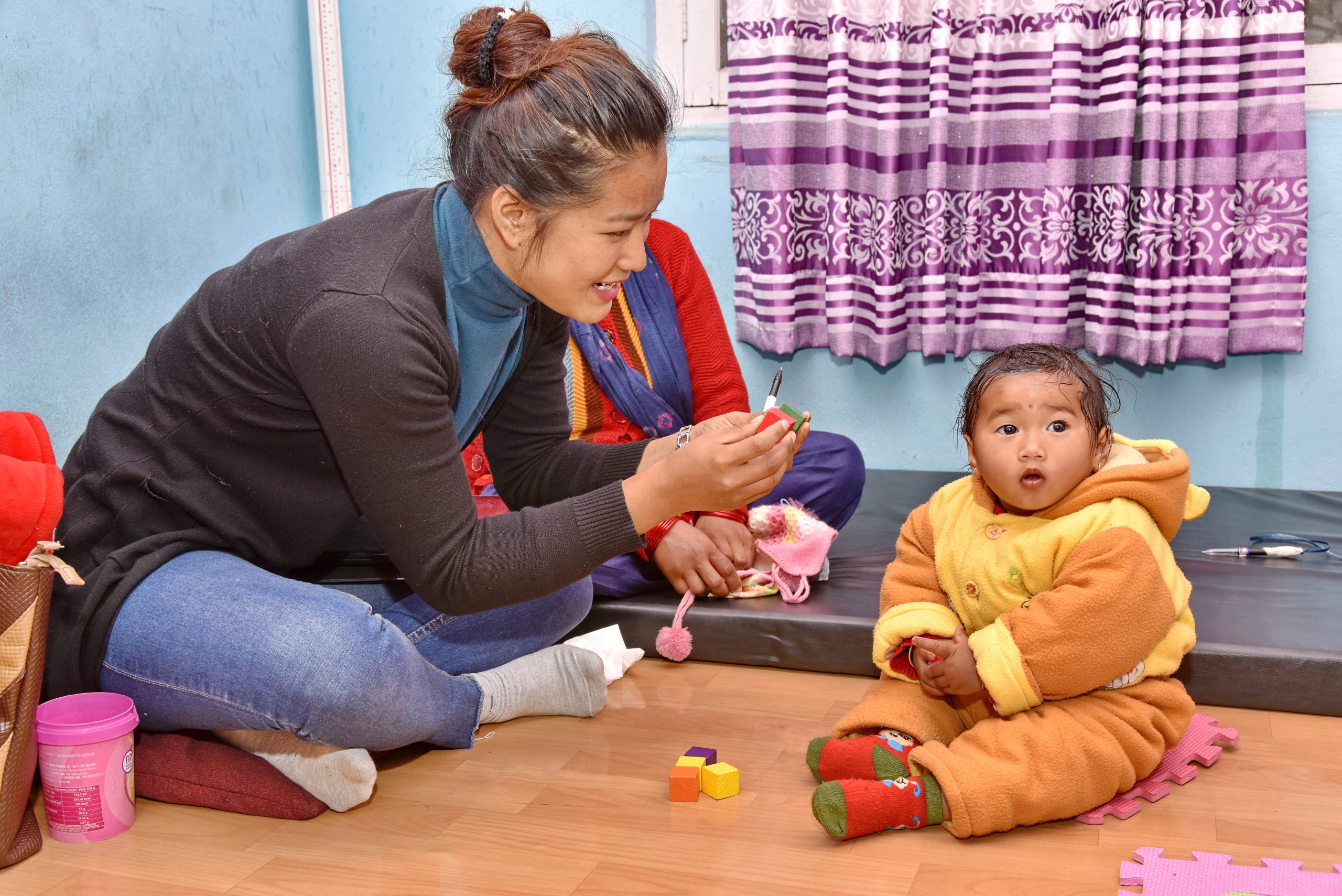
Every Newborn – Simplified Measurement Integrating Longitudinal Neuro Development and Growth (EN-SMILING)
In low- and middle-income countries, there has been a noticeable decline in mortality rates among children under 5 years...
Learn More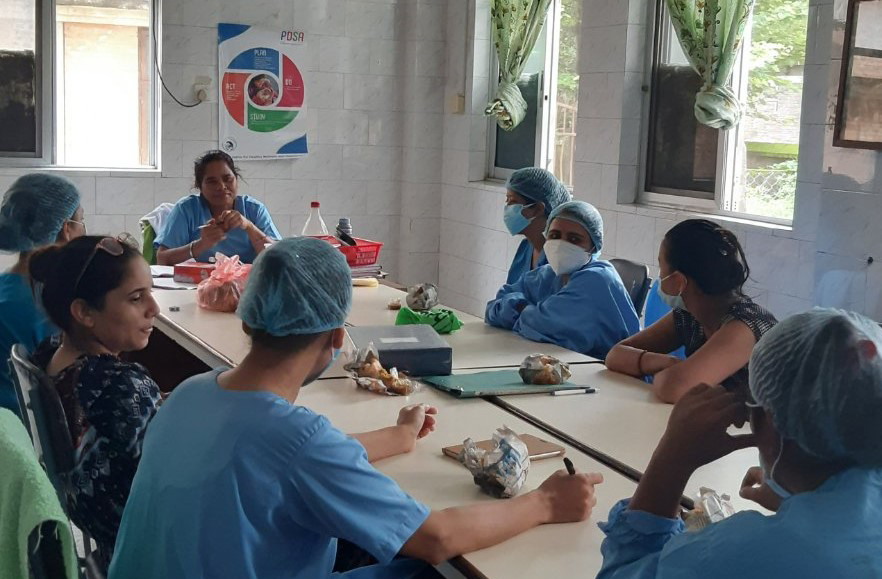
Scaling Up Safer Birth Bundle Through Quality Improvement in Nepal (SUSTAIN)
Golden community in collaboration with the Ministry of health and Population, Government of Nepal (GoN) and Uppsala University has...
Learn More